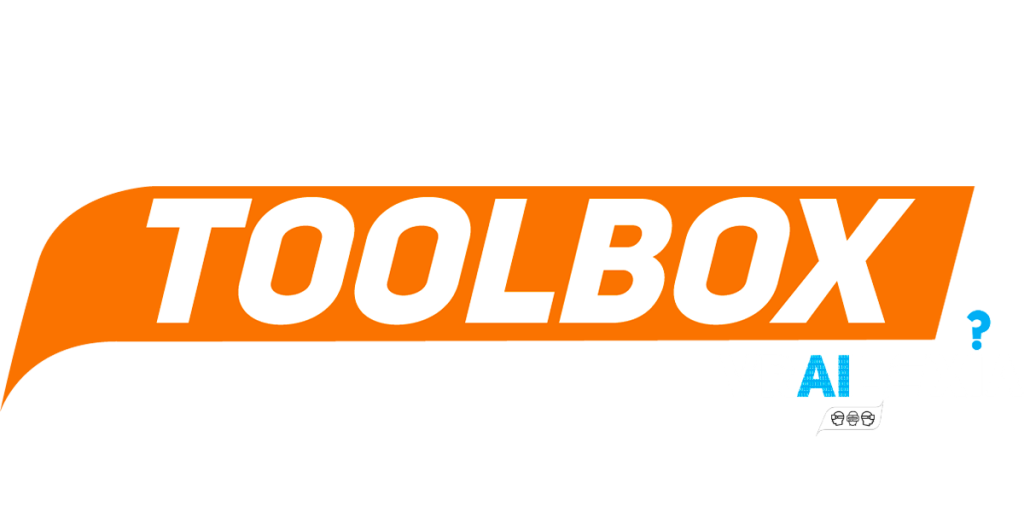
![]() Vrailexia è fra i progetti aderenti a Repubblica Digitale. Leggi di più
Vrailexia è fra i progetti aderenti a Repubblica Digitale. Leggi di più
TOOLBOX – Sharing online repository
The third intellectual output consists in the creation of an online sharing repository containing all the digital modules, resources, tools and any kind of materials useful to facilitate the implementation of innovative teaching and learning methods based on dyslexic student-centered methods. In the repository, all training and teaching materials developed during the project will be hosted, as well as all teaching materials developed by the teachers trained during C1, the outputs achieved in IO1, IO2, IO4 and IO5. Materials related to professional course will be added among the available tools. A committee, who will be involved in MoU working group (IO5) will be identified both for the definition of the architecture of the repository and for the approval and uploading process.
The creation of a sharing repository needs a preliminary analysis, useful also for the 02, focusing at finding all the materials related to the actual methodologies used in higher education for students with dyslexia. The methodology must consider all different cultures, languages and learning approaches in different European countries. Thanks to the contingency COVID emergency plan, many efforts have been already planned to design and collect available and free access learning and teaching materials coming from many Libraries, Repository etc. All HEIs have benefit of it and the already categorized and shared materials are the starting point of the need analysis.
TOOLBOX is mainly addressed to teachers, trainers and students with dyslexia. The main advantage of IO1 is related to the possibility to put in communication target groups of different countries. After the population activity made by partners during the project, the enlarged target groups will become the actual makers of the repository due to the possibility to add useful and innovative information during its use or to discuss in the forum. More in general, the target group could be all people/researchers involved in the studies related to the different methodological approaches used in Europe that can enjoy an online web resource.
Several repositories offering useful tools for training and teaching can be already found in the web; the proposed repository will become the first one specifically containing all the methodologies addressed to teaching to dyslexics. In addition, an intrinsic element of innovation will be represented by the material provided by IO1 and IO2, IO4 and IO5; in fact, innovative methodologies can be found and shared with the community. Finally, further innovation aspect can be associated to training program that will be implemented for the correct use of the repository in C1.
The methodology used by trainers to teach students with dyslexia represents the fundamental aspect to take care to offer equal opportunities to such students both during university and beyond. We believe that IO3 can be useful for all the universities, regardless the teaching area, to standardize the teaching methodology and to be continuously updated on the innovative approaches obtained not only within the project but considering all the community intentioned to be part of the repository. TOOLBOX can allow also to overcome one of the main issues that appears to be limiting in the complete inclusion of dyslexic students in the universities: the poor awareness of dyslexia. In fact, it is demonstrated as several trainers do not know how to approach and modify their lessons if dyslexic students are present during classes. Thus, as final output we can assess that the repository will provide its help to increase the social and cultural inclusion of the dyslexics.
TOOLBOX is characterized by scalability and transferability that will permit to spread such approach to national and international universities and not only. It is conceived to be active and update beyond the project and to be the repository tool for the Outside the box Network. Moreover, the implemented repository architecture can be taken as a model example for the development of similar toolbox addressed for students enrolling school of any order and grade. At the same time, it can represent a starting point for the development of similar toolbox for supporting students with different disorders, allowing creating a standard approach to increase the awareness of disorders and how they have to be treated.








